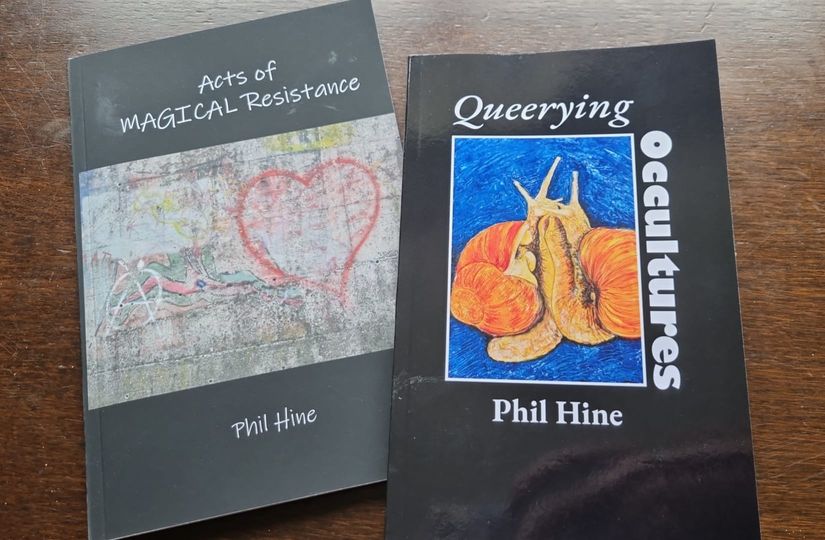Intensities: Bodying Yantra
What does the Śrīcakra mean to me? What part does it play in my own practice? As you might know from reading my Unfoldings newsletter I have been devoting some time to discussing Kenneth Grant’s representation of Tantra. Grant has a great deal to say about the Śrīcakra, and going over Grant’s take on it, plus referring to various tantric scriptures, as well as what scholars have written, prompted this short post. In doing so, I want to get away from scripture or analysis.
Continue reading »
